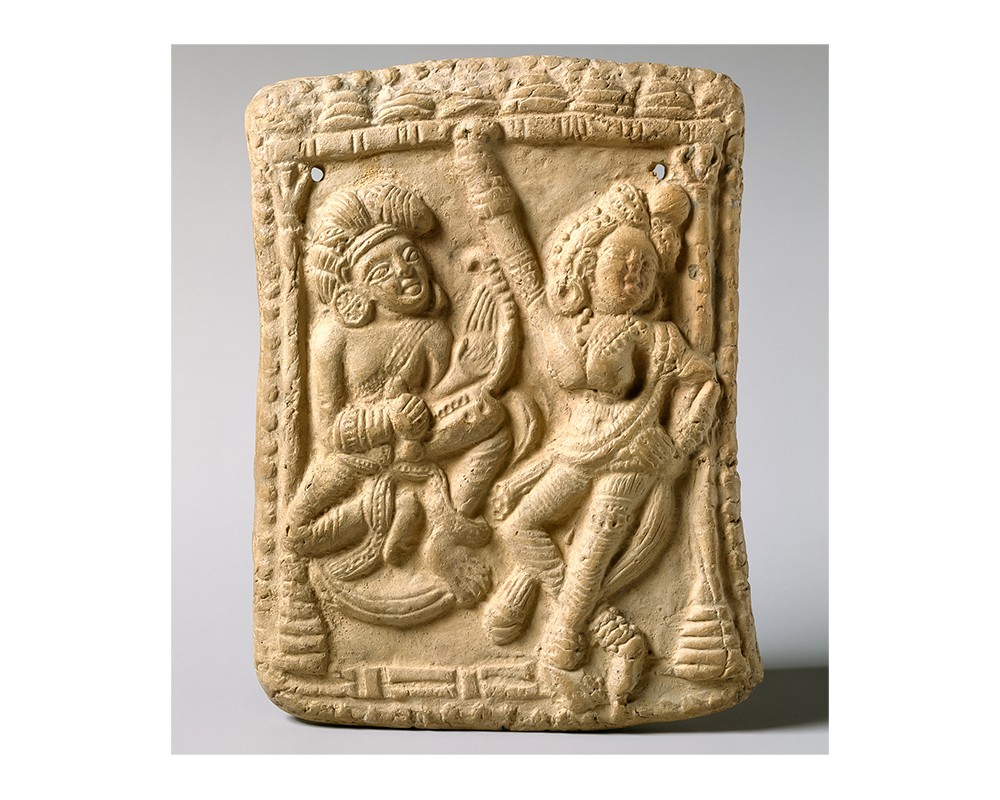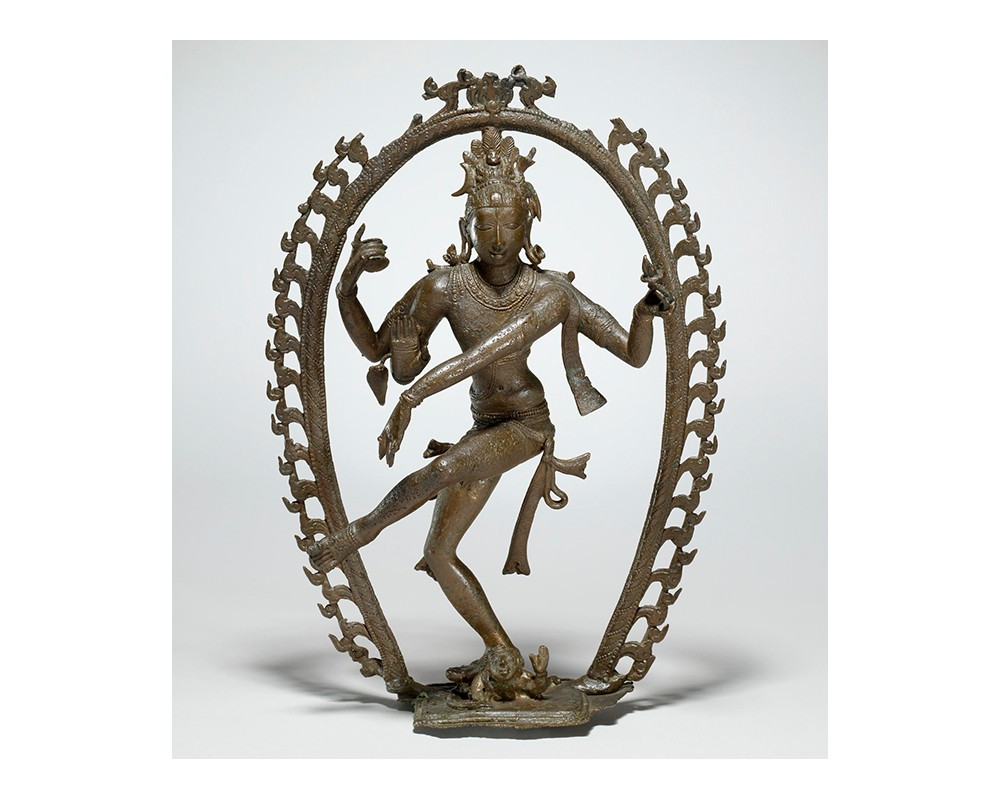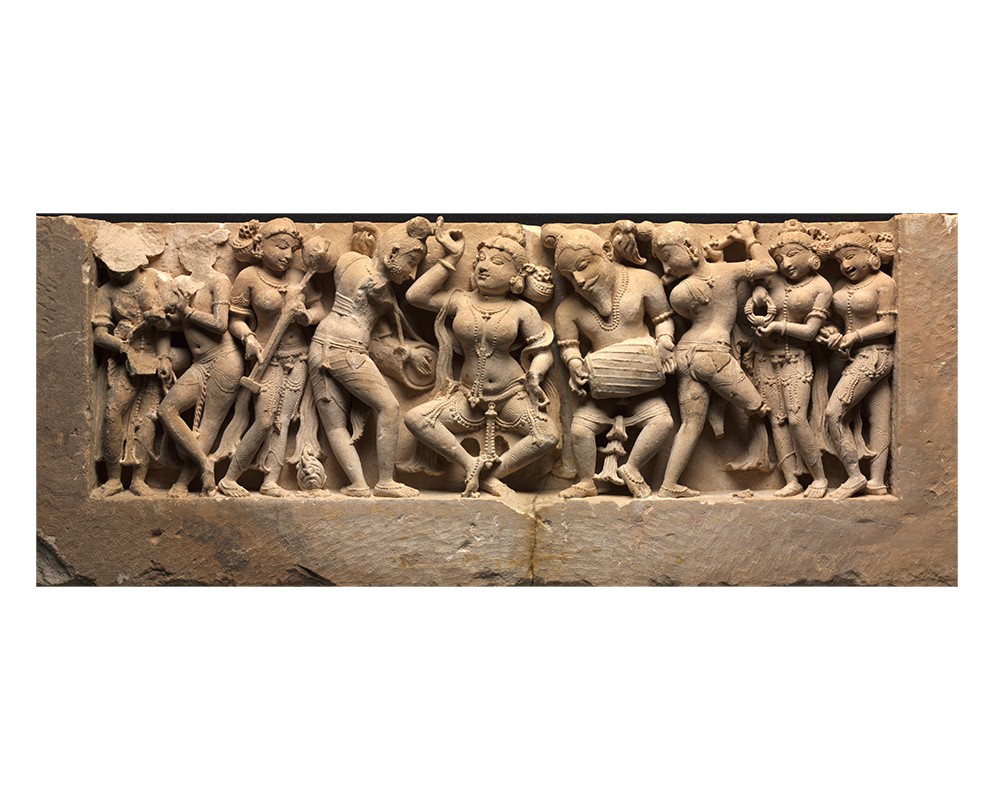Earliest Estimated Date for the Natyashastra
200 BCE
A Sanskrit text on dramaturgy, poetics and aesthetics, the Natyashastra is the earliest known treatise on performative arts in South Asia. Composed in verse sometime between the second century BCE and fourth century CE by the aesthetician and sage Bharata, the Natyashastra describes key elements and structures of performance, which are later extended to apply to literature, music and the visual arts. Crucially, the Natyashastra includes theories of bhava and rasa, roughly translating to ‘emotion’ and its aesthetic presentation, respectively. The subject matter of the text will be expanded and altered multiple times, and the text will continue to be a cornerstone of traditional Indian art and performance to the present day.
Bibliography
Ghosh, Manomohan. The Natyashastra: A Treatise on Hindu Dramaturgy and Histrionics, Ascribed to Bharata Muni, Volume I. Calcutta: Asiatic Society of Bengal, 1951.
Kale, Pramod. The Theatric Universe: A Study of the Natyasastra. Mumbai: Popular Prakashan, 1974.
Tripathi, Kamlesh Datta. “Natyasastra.” In The Oxford Companion to Indian Theatre, edited by Ananda Lal, 310–12. New Delhi: Oxford University Press, 2004.
Feedback 
This entry appears in
Art in South Asia
Visit Timeline
Associated Timeline Events
First Published: March 11, 2024
Last Updated: August 5, 2024







